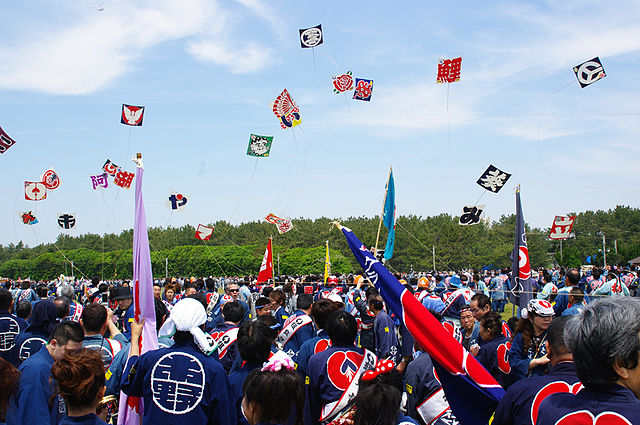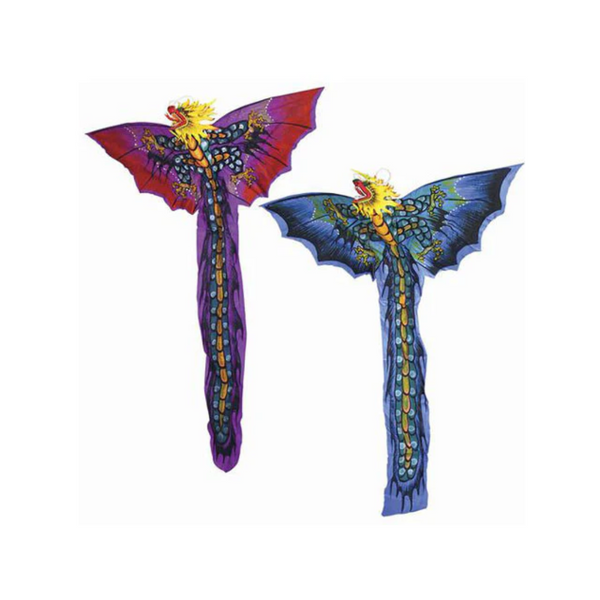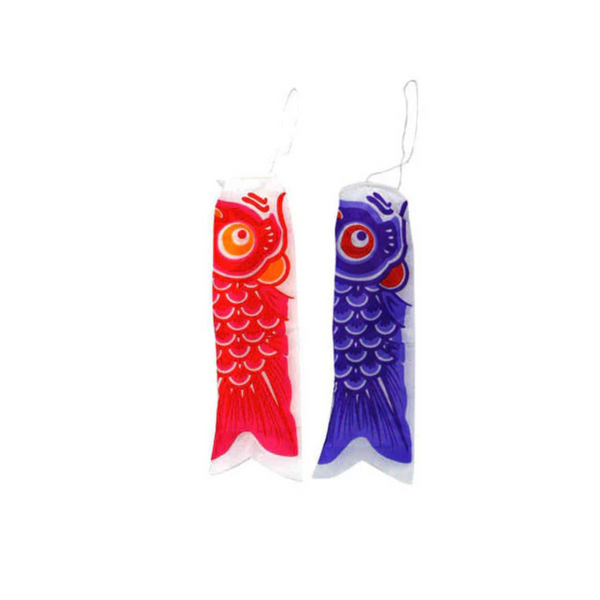
Kites in Asian Cultures: Eight Things You Might Not Know
Did you know that kite flying is both fun and healthy? It gets you outside, socializing, and focused. Plus kites have an interesting history! Here are eight things you might not know about the significance of these high-flying objects in various Asian cultures.
There's some debate as to where kites originated
Some believe they first came from China, says the American Kitefliers Association, namely in the form of a flying wooden bird on a line created by fifth-century BCE philosophers Mozi and Lu Ban. Others attribute the origin to Malaysia, Indonesia, and cultures in the South Pacific, where kites were used as fishing instruments.
The earliest written account of kites was in China over 2,000 years ago
While there's some evidence of kites originating in other Asian countries, the oldest written account is in China circa 200 BCE. It referred to general named Han Xin who used a kite to measure the distance his army would have to tunnel to get past the defensive wall of a city he wanted to attack.
Kite fighting is a popular tradition in various Asian countries
Including Afghanistan, Bangladesh, India, Indonesia, Nepal, Pakistan, Vietnam, Korea, Japan, and Thailand. With special fighter kites, participants aim to snag opponents' kites or cut their lines.
Kite fighting can get deadly
Not-so-fun fact: some kite fighters coat their strings with metal or crushed glass in order to best their rivals. However, what goes up must come down: these dangerous lines sometimes fall on passing cyclists or spectators, causing injury and even death. As a result, some parts of India and Pakistan have imposed bans to varying degrees, from forbidding the sale of sharp strings to prohibiting kite flying entirely.
Weifang, China is considered the kite capital of the world
It's believed that the city of Weifang in Shandong province has ancient roots in kite making. Some say it's where philosopher Lu Ban devised his early bird kite. At the very least, it's been home to the tradition of handcrafted kite-making since the Qing dynasty.
Since 1984, the city has hosted the annual International Kite Festival with more than 30 countries participating, and is also home to a large-scale kite museum with 2,000 kites on display from around the world.
In Japan, carp kites celebrate kids
Carp kites or streamers called koinobori are flown on Children's Day in Japan every May 5, a time to celebrate children's individual personalities and wish for their happiness. Because carp can swim upstream, the koinobori symbolize resilience, courage, and determination. (Learn more about fish in Asian culture.)
Balinese-style kites are among the most popular
There are three main traditional forms of Balinese kites: bebean or fish, janggang or dragon (considered holy), and pecukan or leaf, the most difficult to fly. But there are also lots of charming contemporary styles, from parrots to butterflies to scary-looking frogs.
Some Balinese kites make sound
A Balinese tradition is flying traditional kites over farms to ask the gods for abundant crops. Often bamboo bows are attached to these kites so they make a kind of buzzing, humming sound. The bows have two strips: one higher pitched and considered female, and one lower and thought of as male. It's important for the two pitches to be in harmony, creating balance which is essential for a strong harvest.
Feel like flying a kite now? Check out our whole kite collection!
[Image: "Hamamatsu Giant Kite Festival in Hamamatsu Matsuri" by 静岡県観光協会 (CC BY-SA 2.1 JP)]


